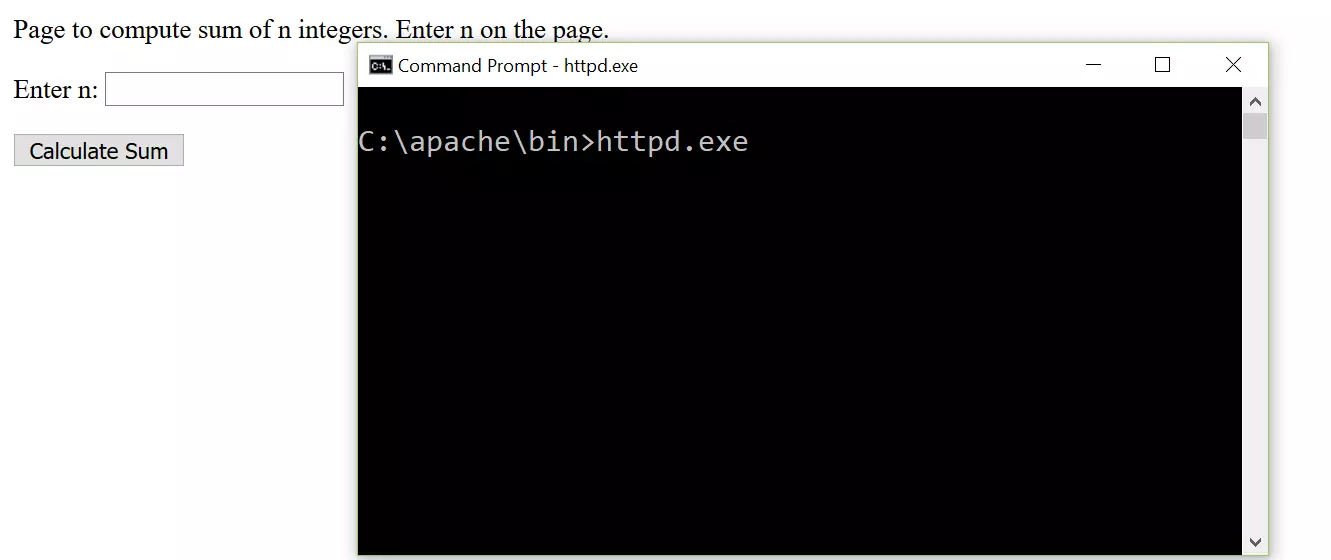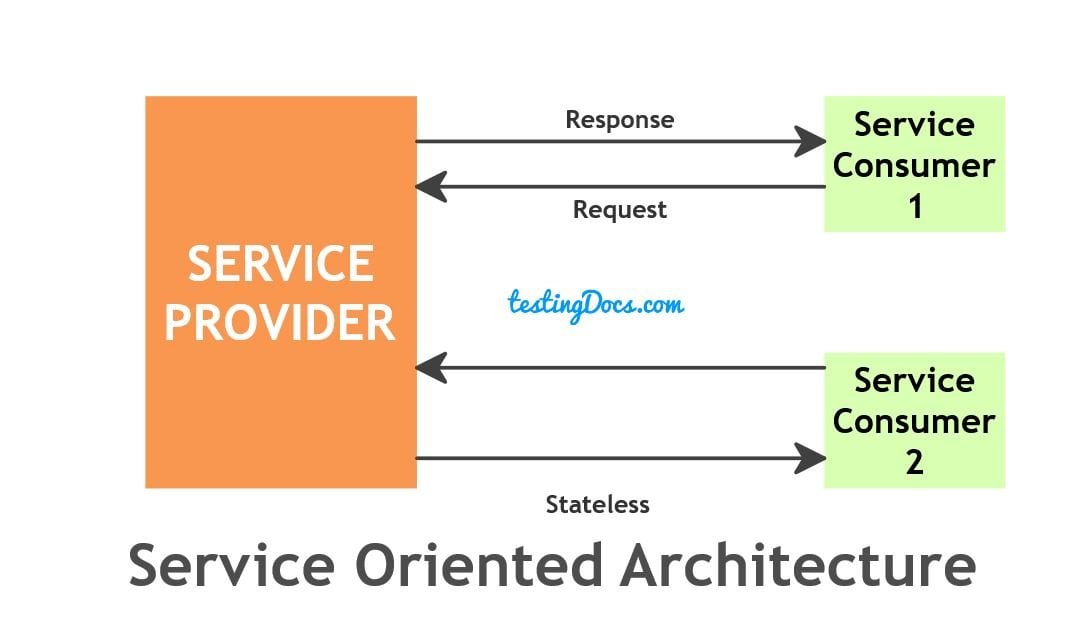Types of Web Services
Overview
In this tutorial, we will explore the different types of web services. Web services play a crucial role in modern application development, allowing applications to communicate and interoperate over the computer network.
A web service is a software component stored on one computer that can be accessed via method calls by an application on another computer over a computer network. Web services communicate using technologies such as HTTP, XML, JSON, etc.
Web services are platform and language-independent, so companies can collaborate via web services without worrying about the compatibility of their hardware, software, and communications technologies. Web service is a language-independent way of communication. For example, A Java application can interact with a .Net application over the computer network.
Publish a web service: Making a web service available to receive client requests.
Consume a web service: Using a web service from a client application.
Types of Web Services
There are two main types of web services.
- SOAP web services.
- RESTful web services.
SOAP Web Services
SOAP stands for Simple Object Access Protocol. It is an XML-based protocol for accessing web services. SOAP is a W3C recommendation for communication between two applications.
SOAP is an XML-based protocol that is platform-independent and language-independent. It allows you to interact with other programming language applications.
RESTful Web Services
REST stands for REpresentational State Transfer. REST is an architectural style, not a protocol. REST is an architectural style for designing networked applications. Compared to SOAP, RESTful web services are more flexible and lightweight.
Resource-Centric: REST focuses on resources (identified by URLs) rather than actions.
Statelessness: Each request from the client to the server must contain all necessary information.
HTTP Methods: RESTful services use HTTP methods (GET, PUT, POST, DELETE) to perform actions on resources.






